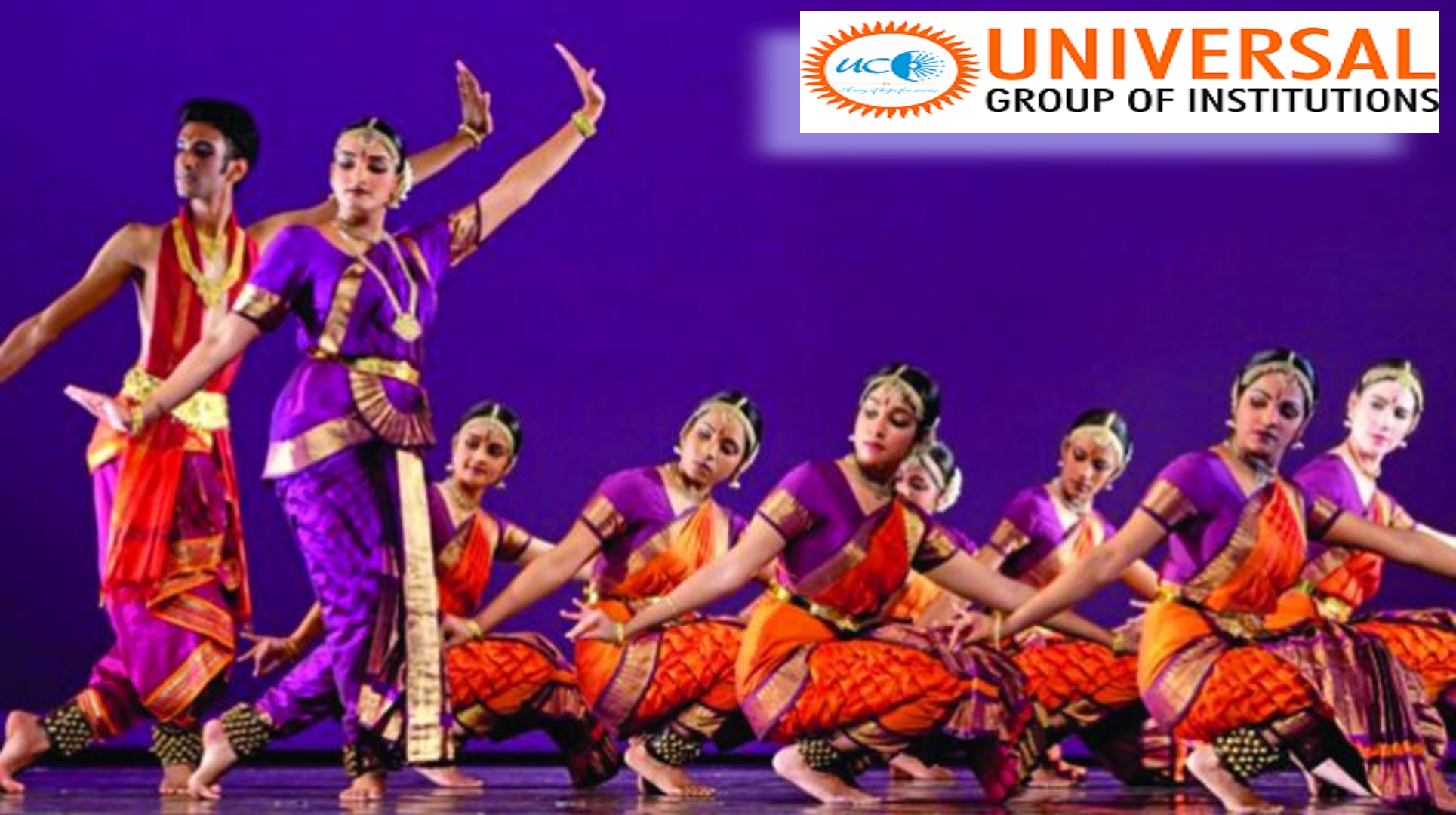Indian Classical Dance
Q. Explain the development of the Indian classical dance forms, and their status as a global dance form. How has it evolved over time, and what are the different forms that exist today?
- India is known for its rich cultural heritage, and Indian classical dance forms are an integral part of it. Indian classical dance forms have evolved over thousands of years and are deeply rooted in Indian culture, mythology, and religious traditions.
- These dance forms are not only popular in India but also have gained global recognition over the years.
- Development of Indian Classical Dance Forms:
- Indian classical dance forms can be traced back to ancient times, as early as 200 BCE. These dance forms were performed in temples and palaces and were considered a form of worship. Over time, these dances evolved and were influenced by different cultures and traditions, including Buddhism, Jainism, and Islamic traditions.
- There are eight classical dance forms in India, which are recognized by the Sangeet Natak Akademi, the national academy for music, dance, and drama in India.
- Each of these dance forms has a unique style, history, and cultural significance.
- Bharatanatyam:
- Bharatanatyam is one of the most popular classical dance forms in India. It originated in the temples of Tamil Nadu and has been performed for over 2,000 years.
- Bharatanatyam is known for its intricate footwork, hand gestures, facial expressions, and body movements.
- It is often performed as a solo dance and is accompanied by classical Carnatic music.
- Kathakali:
- Kathakali is a traditional dance from Kerala that originated in the 17th century.
- It is known for its elaborate makeup, costumes, and facial expressions. Kathakali tells stories from Hindu mythology and is performed by male dancers.
- Kathak:
- Kathak is a classical dance form from northern India that originated in the Mughal era. It is known for its fast footwork, spins, and graceful movements.
- Kathak tells stories from Indian mythology and history and is often accompanied by classical Hindustani music.
- Kuchipudi:
- Kuchipudi is a classical dance form from Andhra Pradesh that originated in the 17th century.
- It is known for its graceful movements, complex footwork, and facial expressions.
- It tells stories from Hindu mythology and is often performed as a solo dance.
- Manipuri:
- Manipuri is a classical dance form from Manipur that originated in the 18th century.
- It is known for its graceful movements, fluidity, and subtle expressions.
- Mohiniyattam:
- Mohiniyattam is a classical dance from Kerala that originated in the 16th century.
- It is known for its graceful movements, expressions, and subtle gestures.
- It tells stories from Hindu mythology and is often performed by female dancers.
- Odissi:
- Odissi is a classical dance form from Odisha that originated in the 2nd century BCE.
- It is known for its fluid movements, intricate footwork, and graceful postures.
- Sattriya:
- Sattriya is a classical dance form from Assam that originated in the 15th century.
- It is known for its fluid movements, graceful postures, and intricate footwork.
- Evolution and Status of Indian Classical Dance Forms as a Global Dance Form:
- Indian classical dance forms have evolved over time due to various factors such as cultural traditions, social changes, and globalization. The colonial era caused significant changes in these dance forms, but they were preserved and promoted by Indian dance practitioners.
- In the post-independence era, many institutions and academies were established, helping to standardize and popularize these dance forms across the world. Indian classical dance forms have gained global recognition and are now performed and taught in many countries.
- Non-Indian dancers have also taken up these dance forms, leading to the emergence of new and innovative dance styles that combine Indian classical dance with contemporary styles.
- Indian classical dance forms have a rich history and cultural significance and have evolved over time, influenced by various factors. These dance forms have gained global recognition and are popular in many countries today. The preservation and promotion of these dance forms are essential for keeping alive India’s cultural heritage and promoting cultural diversity and understanding globally.
- Non-Indian dancers have also taken up these dance forms, leading to the emergence of new and innovative dance styles that combine Indian classical dance with contemporary styles.
- Sattriya is a classical dance form from Assam that originated in the 15th century.
- Odissi is a classical dance form from Odisha that originated in the 2nd century BCE.
- Mohiniyattam is a classical dance from Kerala that originated in the 16th century.
- Kuchipudi is a classical dance form from Andhra Pradesh that originated in the 17th century.
- Kathak is a classical dance form from northern India that originated in the Mughal era. It is known for its fast footwork, spins, and graceful movements.
- Kathakali is a traditional dance from Kerala that originated in the 17th century.
- Bharatanatyam:
- Indian classical dance forms can be traced back to ancient times, as early as 200 BCE. These dance forms were performed in temples and palaces and were considered a form of worship. Over time, these dances evolved and were influenced by different cultures and traditions, including Buddhism, Jainism, and Islamic traditions.
- Development of Indian Classical Dance Forms:
- These dance forms are not only popular in India but also have gained global recognition over the years.






